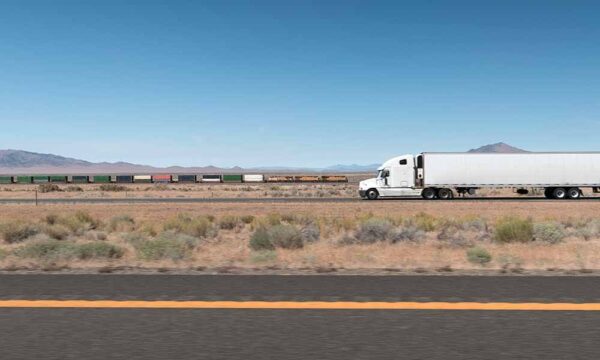
Earlier this month, we blogged about a fatal accident involving a commercial truck and a passenger train. While there are many groups and organizations dedicated to safety within the transportation industry, one in particular focuses on rail safety education. This group is called Operate Lifesaver (OL).
Operation Lifesaver
Operation Lifesaver was founded in 1972 in Idaho, with the goal of reducing accidents involving trains. It has since spread its influence across the U.S. The group has been largely successful at helping reduce accidents involving a train and motor vehicle, as the number of accidents has gone from 12,000 during the year of OL’s inception to only 1,900 in 2009.
OL spreads the word about train safety through certified volunteer speakers and trained instructors who visit schools, driver education classes, community audiences, professional drivers, law enforcement officers and emergency responders across the U.S. to teach free rail safety education programs. OL promotes safety around this country’s tracks and railway crossings through the use of three Es: education, enforcement and engineering.
Tips to Avoid Train Accidents
The following are tips for commercial drivers to help you avoid an accident with a train or involving train tracks:
- Do not “race” a train to a crossing. Trains move faster than they appear, and if you can see the train, you should wait for it to pass before crossing.
- Never drive around lowered gates, even if there is no train in sight. If you have been waiting a long time, call the 800 number posted at the crossing for more information. Driving around lowered gates is illegal and extremely dangerous.
- Make sure your trailer jacks are in the “up” position. Your truck may become stuck on the railroad tracks at crossings if jacks are not retracted.
- If you get stuck on the tracks at a railroad crossing, immediately exit your vehicle and look for the 800 number posted at the crossing. Call this number, or if it’s not available call the police, so that nearby trains are alerted of your position.
- Remember that a train’s stopping distance is even greater than a commercial truck’s. A freight train moving at 55 miles per hour may need up to a mile to stop.
Contact us if you are a commercial or non-commercial driver who has been involved in an accident with a train. Every precaution should be taken by the railroad company to make sure a train crossing is safe, and if you or someone you know was injured or if you lost a loved one, you may be eligible for compensation from the railroad company. Contact us for a free consultation during which we can explain your legal rights and options. Click here to see our case results.
Read More:
Commercial Truck Accident Lawyers
Tractor trailer had followed regulations | Accident
Werner Enterprise Semi Trailer Burns
